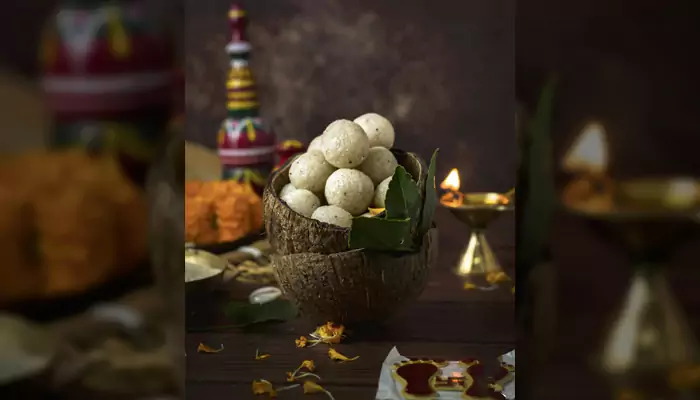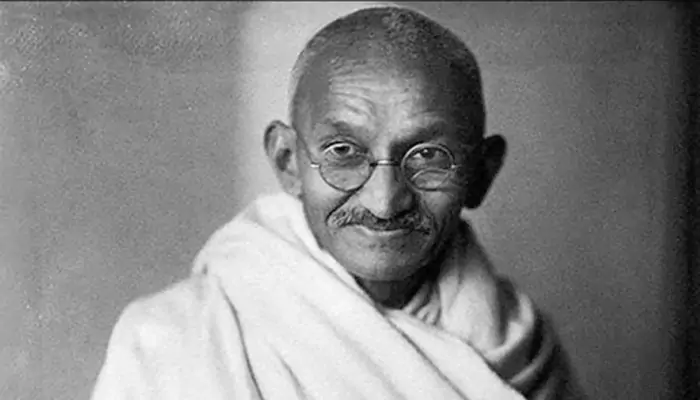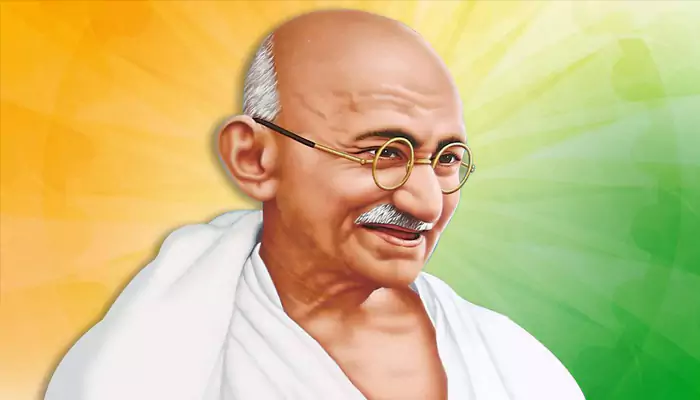From ‘Sindoor Khela’ to Immersion Songs: How Kolkata Bids an Emotional Yet Joyful Farewell on Dussehra
- Sanchari Das
- 1 month ago
- 4 minutes read
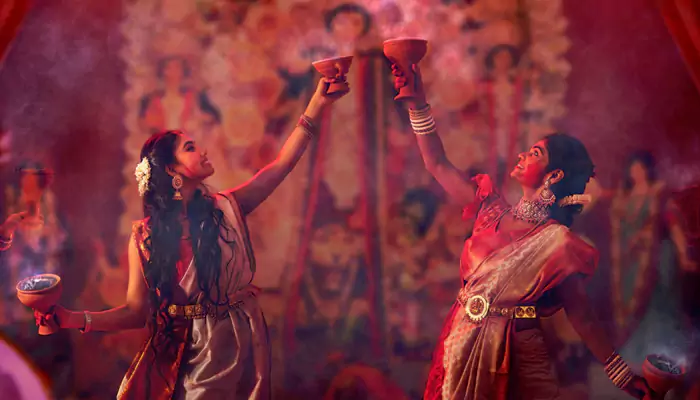
A goodbye steeped in red, rhythm, and resilience, carrying Kolkata’s culture to the world stage
The last day of Durga Puja in Kolkata is unlike any other moment in India’s festive calendar. Vijayadashami, or Dussehra, transforms the city into a canvas of emotions, blending joy, devotion, nostalgia, and farewells. For five days, Durga has been welcomed like a daughter returning home. On the tenth day, she must leave. Yet, Kolkata ensures her farewell is as grand as her arrival.
The Morning of Goodbye
After nights of pandal-hopping and cultural shows, the morning of Vijayadashami feels calmer. Families gather for the final rituals. Priests chant mantras one last time before the goddess. The air is filled with the scent of flowers, incense, and anticipation. Everyone knows the farewell is near.
Sindoor Khela: A Touch of Red
By noon, pandals burst into colour with Sindoor Khela. Married women in white saris with red borders offer vermillion to Durga and then smear it on one another. Faces, bangles, and hairlines glow red.
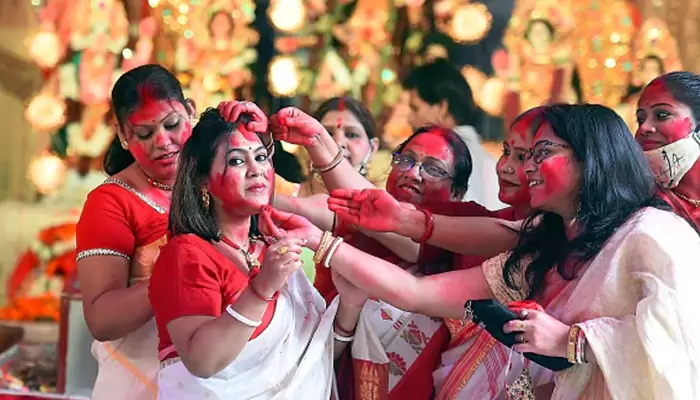
The ritual is playful but meaningful. It is a prayer for family well-being and marital harmony. Laughter replaces tears for a moment, as women embrace each other in warmth before the goddess departs.
The Procession to the Ghat
When Sindoor Khela ends, the streets come alive. The idol, with her children, is lifted onto trucks or carts and begins the journey toward the ghats. The air resounds with dhak beats, conch shells, and chants of “Bolo Durga Mai ki jai.”
It is a farewell that refuses silence. Children wave from balconies, strangers join hands in prayer, and crowds follow the goddess through glowing streets. The city becomes one vast procession of faith.
Immersion Songs and the Sound of Parting
At the riverbanks, the most emotional moment unfolds. Songs fill the air — some devotional, others folk melodies. The dhak beats on, while loudspeakers play immersion songs that blend joy and sorrow.
Unlike the welcoming Agamani songs of Mahalaya, these Vijaya songs carry a note of longing. They remind everyone that this is not the end but a pause until next year. In the rhythm of parting lies the promise of reunion.
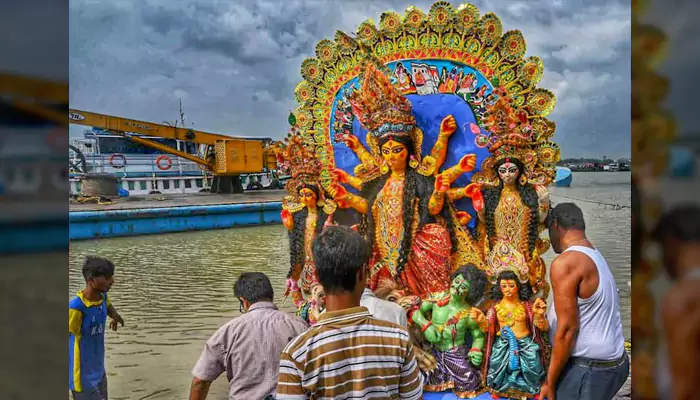
Into the Water, Into the Heart
Finally, the idol is lowered into the water. The river receives her quietly, its surface shimmering with reflections of light. Families fold their hands, some crying, others smiling softly. Children watch wide-eyed as the goddess drifts away.
For the city, immersion is more than just a ritual. It is an act of trust that endings bring beginnings, and the goddess will always return.
Subho Bijoya and the Carnival Spirit
After immersion, grief turns into celebration again. Families exchange Subho Bijoya greetings, share sweets, and open homes to friends and neighbours. The mood of farewell becomes one of togetherness.
Adding to the farewell, the Durga Puja Carnival has become a modern tradition. Organised on Red Road, it showcases the best idols, dhakis, and dancers from different puja committees. The carnival keeps the festive energy alive a little longer, blending heritage with spectacle.
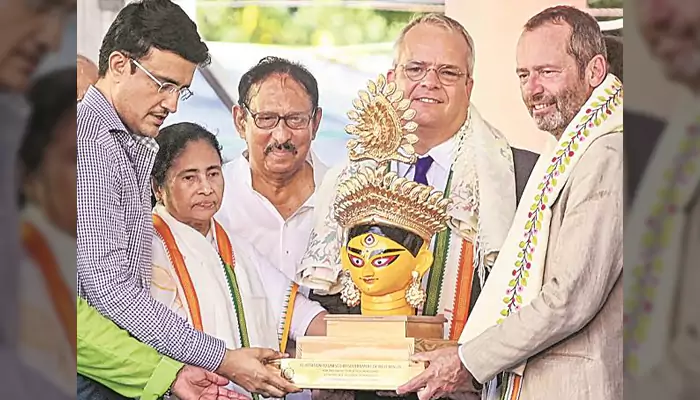
UNESCO Recognition: A Global Stage
The farewell now carries global pride. In 2021, UNESCO recognised Kolkata’s Durga Puja as part of the Intangible Cultural Heritage of Humanity — the first Indian festival to receive the honour. It highlights how the city’s rituals, from Sindoor Khela to immersion songs, are not just local practices but part of the world’s cultural heritage.
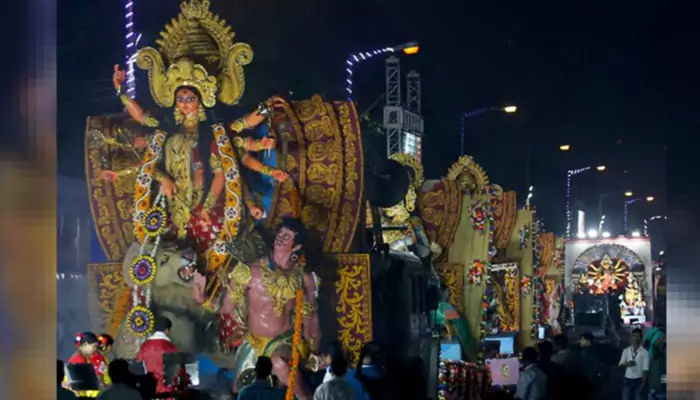
A Farewell That Never Ends
From the vermillion play to immersion songs, from the carnival procession to UNESCO recognition, Kolkata’s farewell to Durga is an emotional yet celebratory occasion. The city teaches itself every year that parting can be beautiful when it is filled with music, colour, and community.
Vijayadashami is not a final goodbye. It is the assurance that the goddess will return — and with her, hope will bloom again.

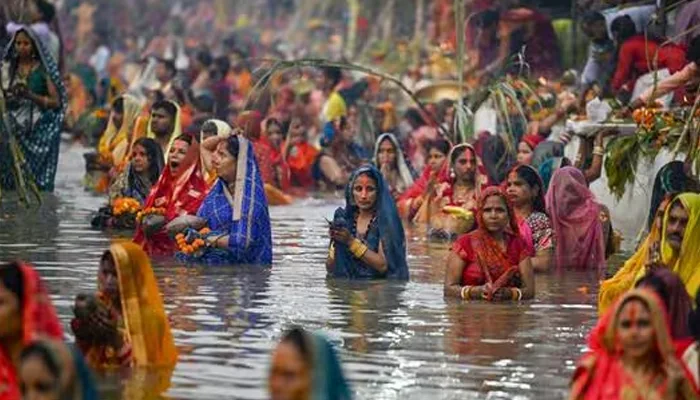
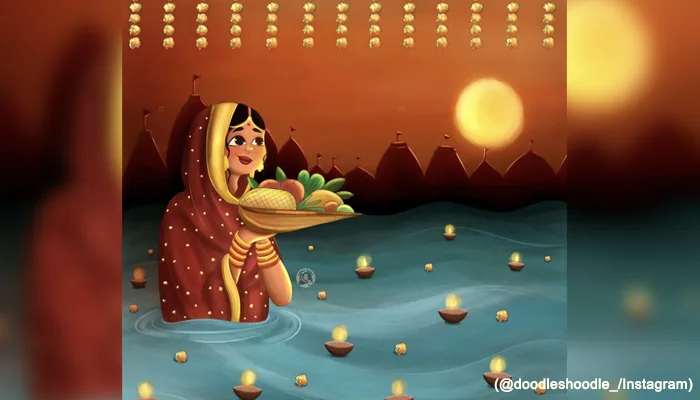
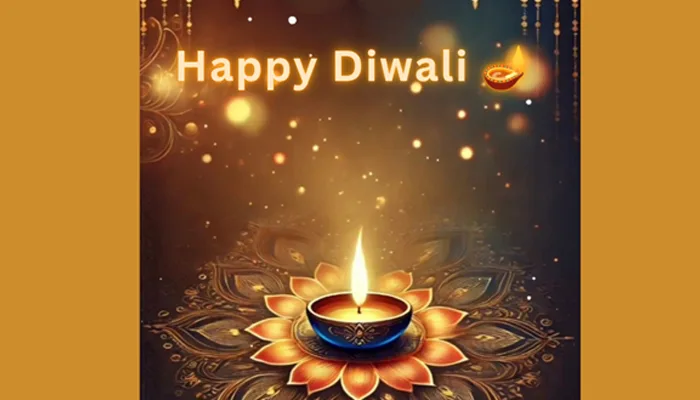
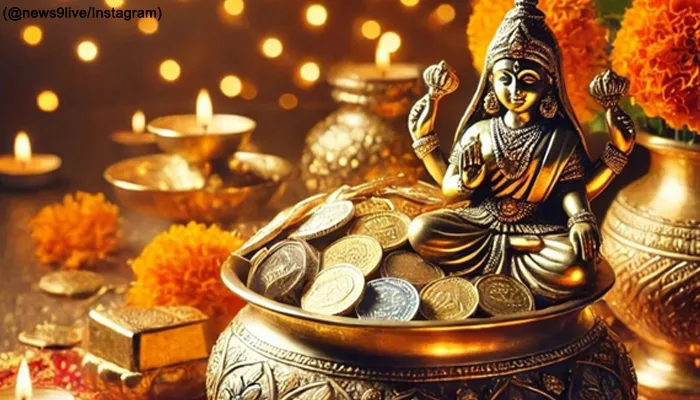
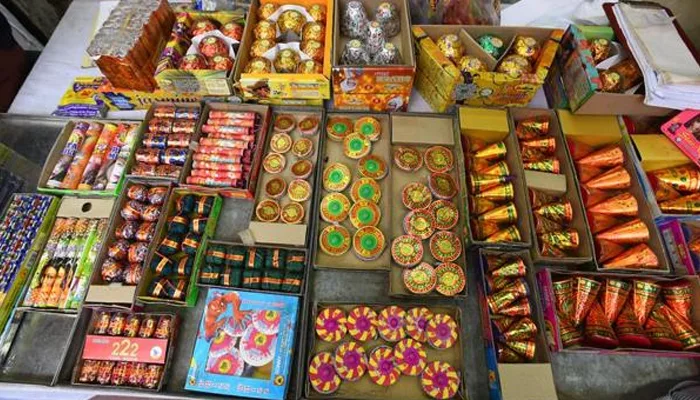
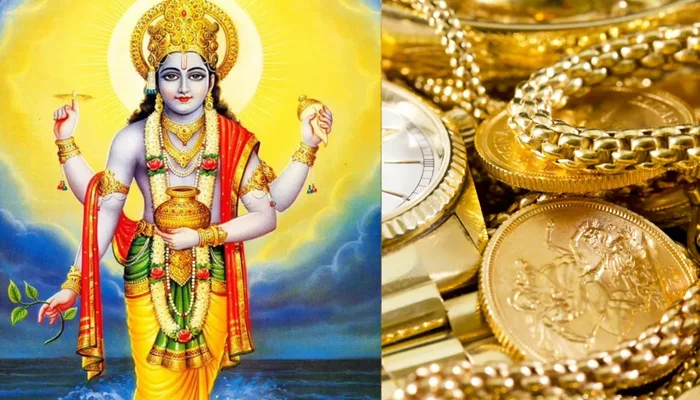
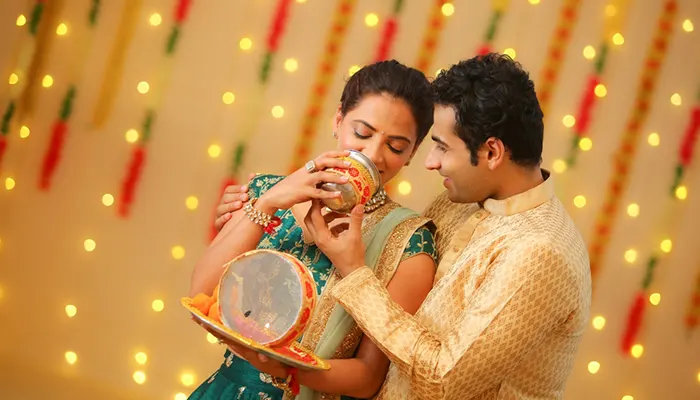
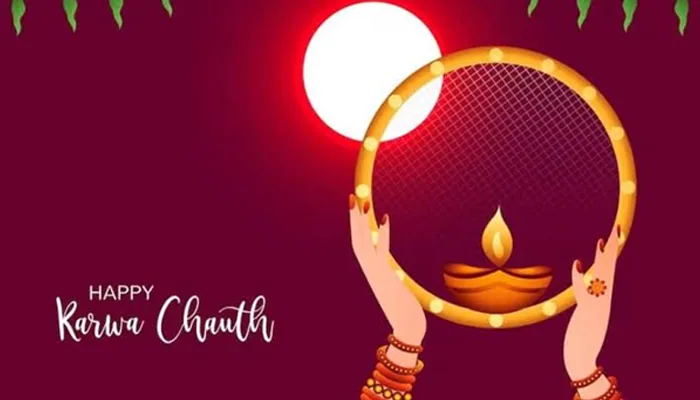
.webp)
